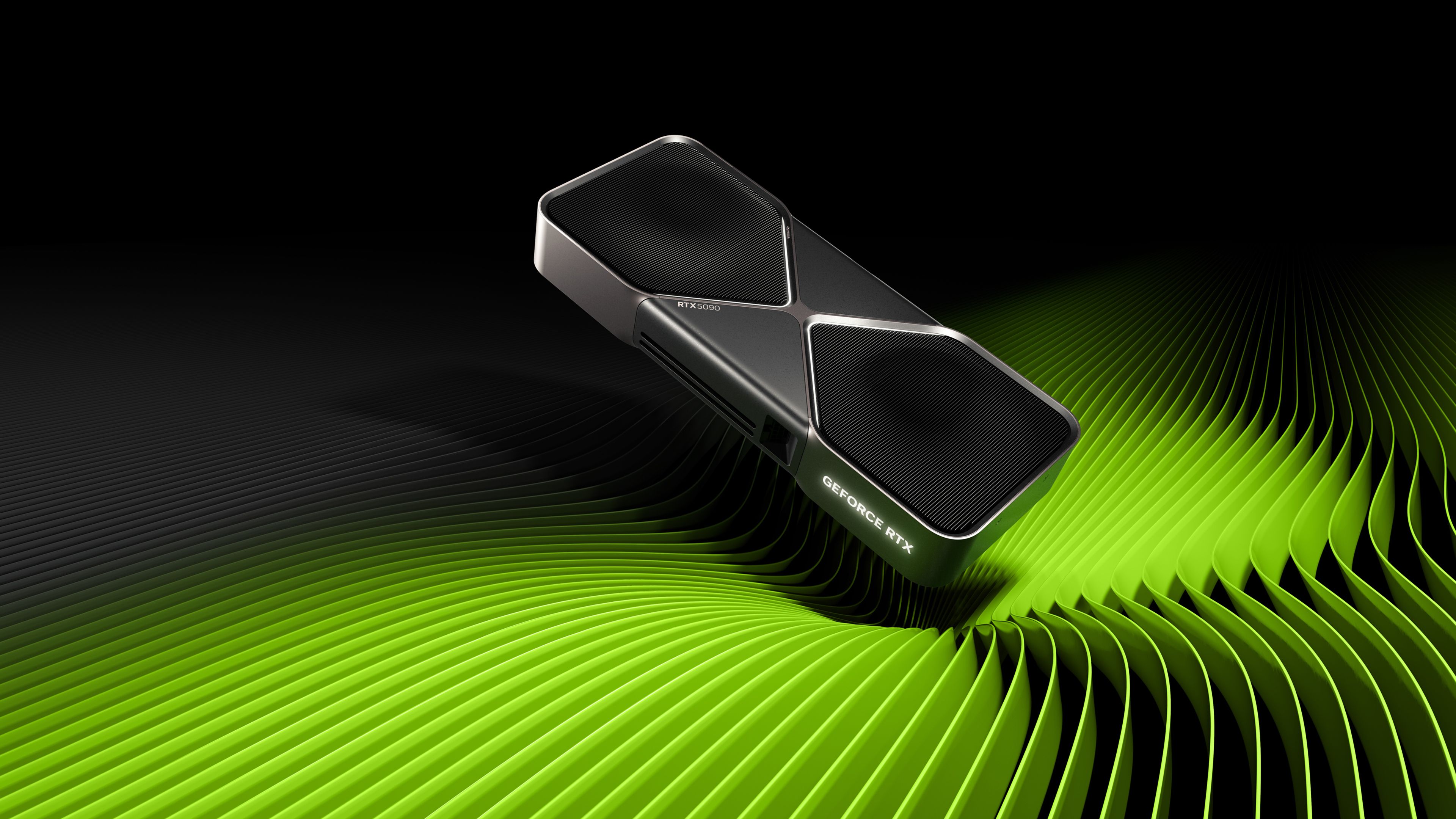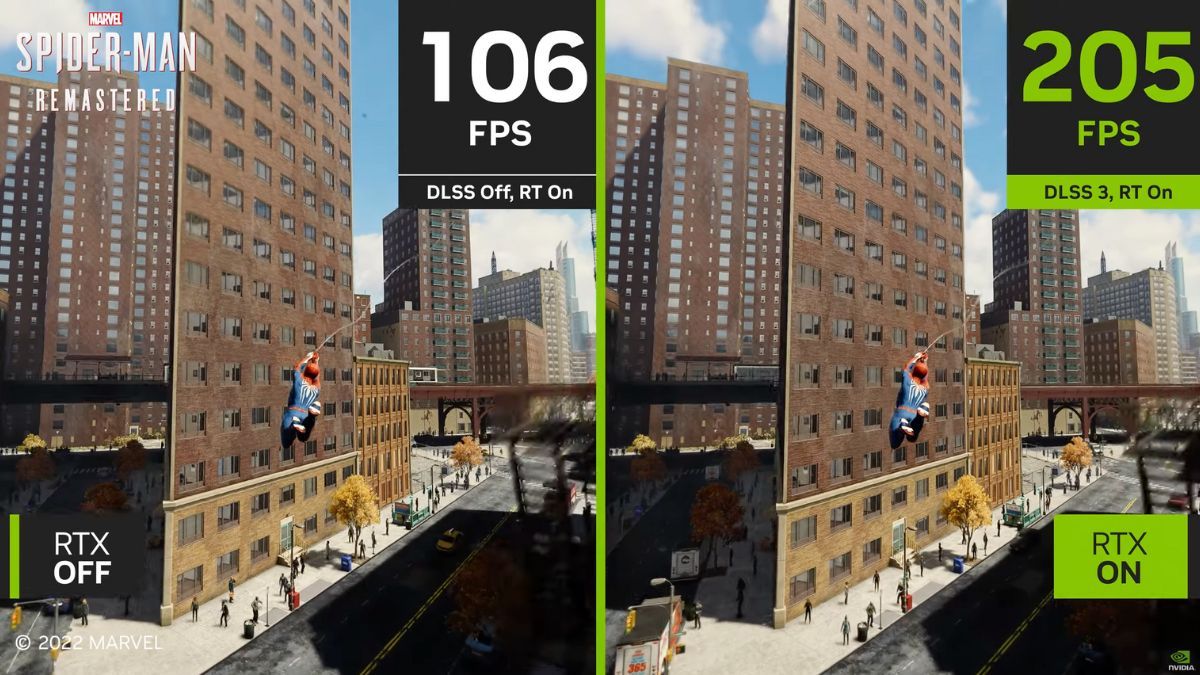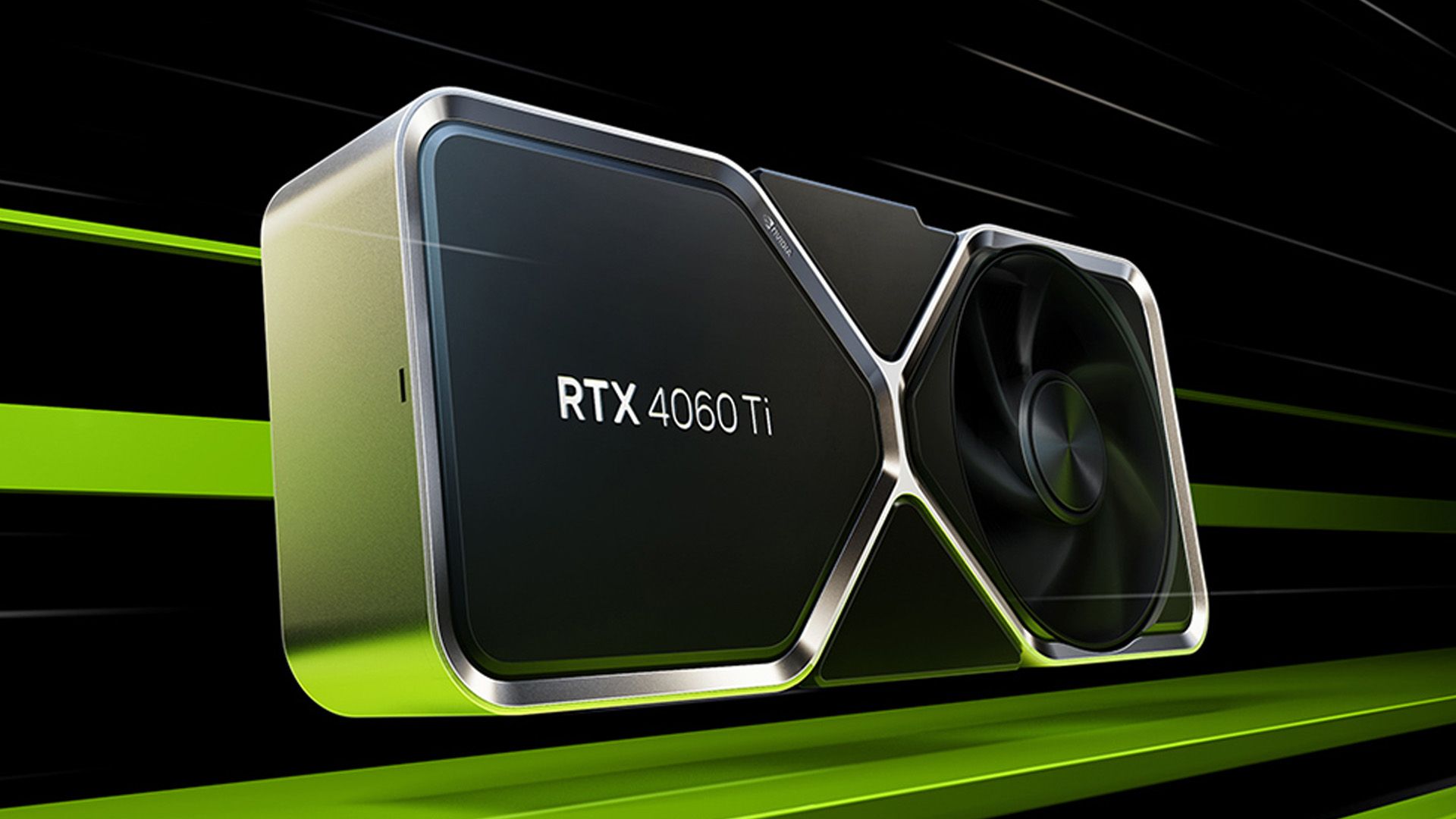No NVIDIA, My High-End GPU Shouldn’t Need Fake Frames to Be Good
GPU
Summary
- In the past, GPUs relied on raw horsepower for performance.
- With the RTX 40-series GPUs, NVIDIA introduced DLSS 3 frame generation for smoother gameplay.
- With the RTX 50-series GPUs, DLSS 4 generates three frames per real frame, which is ultimately a hinderance to the RTX 5090’s true performance capabilities.
The RTX 5090 is a fantastic graphics card—so long as you’re ready to rely on DLSS 4’s multi-frame generation to make games playable. For nearly $2,000, the RTX 5090 should be way more powerful than it is, and DLSS 4 is the limiting factor.
GPUs Used to Be All About Real-World Performance
If we rewind time back before frame generation, NVIDIA and AMD used to duke it out with real-world performance. Before AI was leveraged in GPUs, raw horsepower was all that mattered.
How powerful your graphics card directly correlated to how many frames per second it generated. And, each year, the next-generation graphics card improved on the horsepower, thus improving on frames.
However, at some point, it seems we’ve shifted away from worrying about real-world performance and just the number of frames we can generate, regardless of how we get there.
DLSS 3 Introduced Single-Frame Generation
With DLSS 3, NVIDIA began inserting a single “generated” frame between each “real” frame. While this is nice for some games, and unnoticeable on others, this began the march away from real-world performance to “what can we generate without actually generating anything.”
I was at CES 2023 when DLSS 3 was still being demoed, and I will say, it was pretty flawless in supported titles. I was still skeptical, but it was only one frame after all. It wasn’t like the majority of the frames were AI generated, just one between two.
In the pathway to 4K gaming, DLSS 3 really helped out in supported games. It could help you achieve playable frame rates in games that would otherwise be unplayable. However, I still don’t recommend people to use it in fast-paced FPS titles. Instead, I reserved (and recommended others to reserve) DLSS 3 for story-based games where ultra-high response times weren’t nearly as important.
For games like CS:GO, Call of Duty, and other titles that every millisecond matters, the generated frame can be noticed, and it could be the difference between a win and a loss. While that’s really only the case in extreme circumstances, it’s still the case.
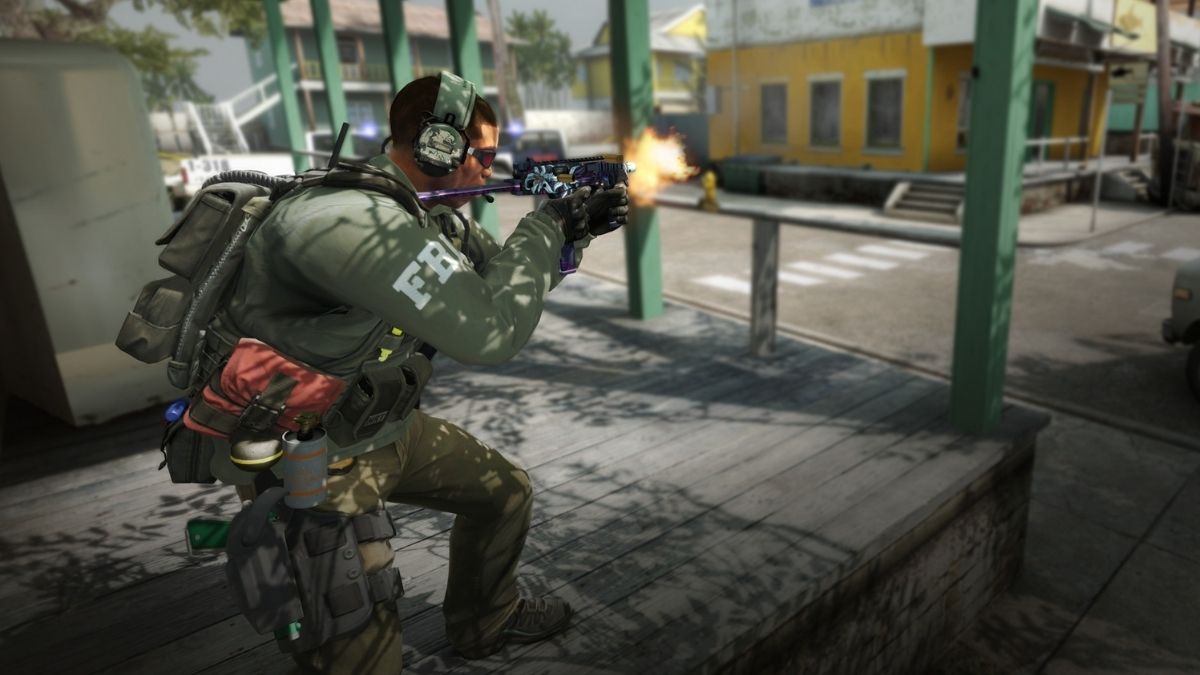
Related
How Do Frame Rates Affect the Gaming Experience?
A high frame rate can significantly improve your overall gaming experience. Here’s why.
DLSS 4 Takes This to Another Level With Multi-Frame Generation
After DLSS 3 came, well, DLSS 4. While DLSS 3 introduced single-frame generation, DLSS 4 introduces “multi-frame generation.” This time around, NVIDIA is creating three “fake” frames per real frame.
In theory, this sounds great. In practice?
Let’s examine the latest Dune: Awakening title. Designed for DLSS 4, you’ll find that the RTX 5090 runs the game at around 75 FPS with DLSS 4 turned off.
While we don’t know what settings or resolution this is, one would assume it’s maxed settings and 4K resolution. 75 FPS isn’t bad by any stretch of the imagination, but it’s hard to believe that we’re only running 4K games at 75 FPS on the 5090 when the 3090 was billed as an “8K gaming graphics card.”
Turn on DLSS 4 and Dune: Awakening magically runs at 230+ FPS. Imagine that. Here’s the thing, developers are essentially no longer optimizing their games and just relying on the fake frame generation for a smooth experience. There’s no reason that the RTX 5090, and all its massive specs, shouldn’t be able to run Dune: Awakening at more than 75 FPS natively.
This is just one example of many.
This Tech Is Perfect for Entry-Level Cards and Certain Types of Games
DLSS 4 sounds like a fantastic piece of tech in theory, but in reality, it’s just a way for game developers to not focus on optimizations and instead focus elsewhere. Anywhere else, really. And I’m personally tired of it.
Games launch super buggy, there are massive day one patches, and frame rates aren’t great even on high-end hardware — unless you use the magic of DLSS.
Don’t get me wrong. On an entry-level card? That is fantastic! I think that DLSS 4 is a wonderful piece of tech for the (eventual) RTX 5060. Or the 5070. Or any of the other low-end cards.
But don’t try to tell me that the RTX 5070 with a measly 12GB of VRAM offers the same performance as the RTX 4090 with double the VRAM and way more power in every other area. Just because it has a similar frame rate does not mean the actual power (or experience) is anywhere near the same.
However, it does make a game much more playable. Going through a game like Starfield without DLSS on lower-end hardware might be entirely unplayable. You could be sitting in the 20-30 FPS range on a 4K monitor with entry-level GPUs. This is where doubling (or quadrupling) the frame rates can come in handy, allowing for a title like this (which is all about the story) to be enjoyable for all.
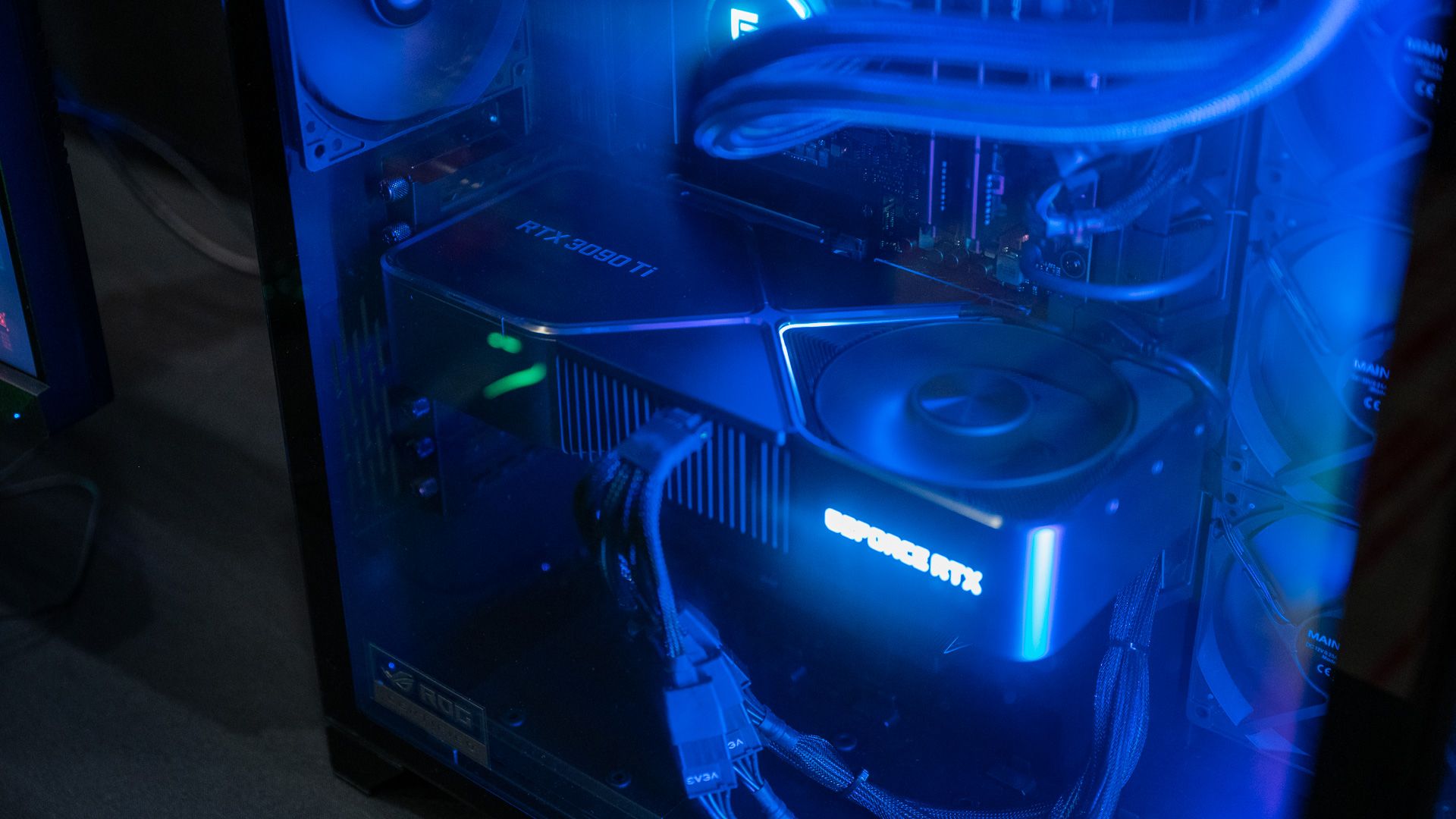
Related
The 10 Most Influential Graphics Cards of All Time
This article might be a little too graphic for some audiences.
For $1,999, I Want Real Frames, NVIDIA
When it comes down to it, the RTX 5090 is simply underpowered—while being extremely powerful. Game developers are leaning on NVIDIA’s DLSS technology to supplement their, let’s admit it, bad and unoptimized coding.
Instead of trying to make games run well on all systems, developers are just leveraging the fake frames to say, “Hey, my game runs good!” when in reality—it doesn’t.
The RTX 5090 is nearly $2,000. Since it was basically scalped at launch, they go for upwards of several thousand dollars or more on the used market already. For this high and lofty price, I expect more performance.
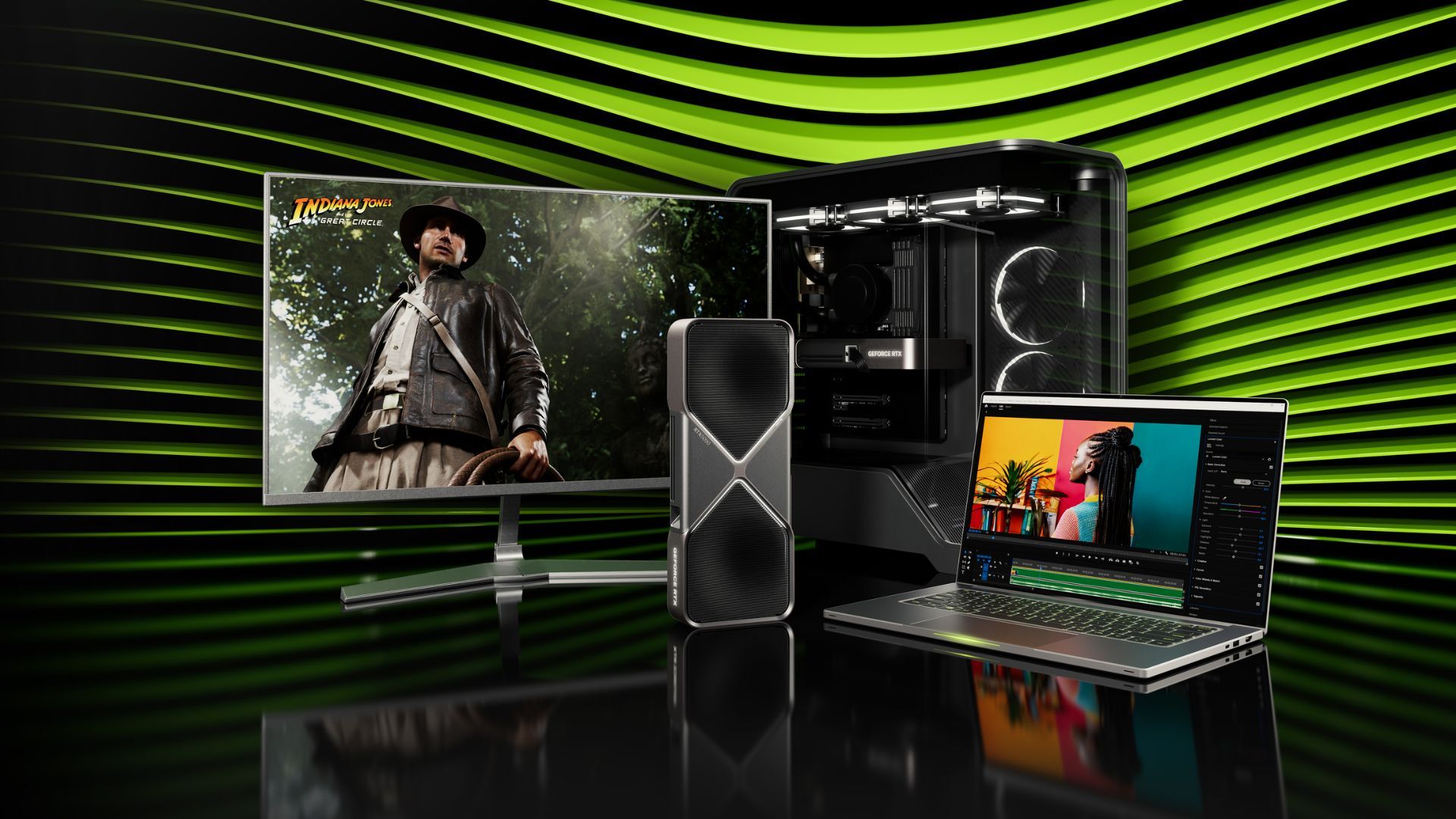
Related
The RTX 5090 Is an Excellent GPU—If You’re Not a Gamer!
A (two) grand but ultimately unnecessary card for gamers
The RTX 2080 Ti launched at $999, the GTX 1080 Ti was $699. Even the ultra-high-end Titan X cost $1,200 at launch. And all of these cards focused on raw horsepower, without having to leverage AI and frame generation for their performance.
If you look at the RTX 3090, which was $1,499 at launch, and the 4090, which was $1,599 at launch, the RTX 5090 is just way overpriced and honestly doesn’t deliver the raw horsepower I expected it would.
The fact that the RTX 5090 is double the price of the RTX 2080 Ti, and nearly three times more expensive than the GTX 1080 Ti, makes me wish it could actually do more with the truly insane specs it has. The RTX 5090 is an insane graphics card. It has crazy specs.
But, at the end of the day, it’s (essentially) nothing without DLSS 4. Take DLSS 4 away, and you have a mediocre card that runs fairly standard frame rates in new games. It’s nothing special, and that’s what makes me sad.








